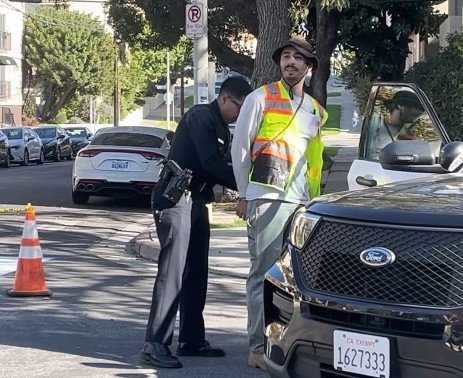
Yonah Freemark at the Transport Politic calls them infill stations: new transit stops built in gaps along existing rail lines. Current examples include Assembly Station just outside Boston in Somerville, DC's NoMa Station, and the West Dublin/Pleasanton BART station.
Infill stations are a pretty brilliant method to get the most out of older rail systems without spending very much, Freemark says. He'd like to see more cities adopt the strategy:
The advantages of infill stations result from the fact that people are simply more likely to use transit when they’re closer to it -- and from the fact that the older transit systems in many cities have widely spaced stations that are underserving potentially significant markets. Erick Guerra and Robert Cervero, affiliated with the University of California-Berkeley, have demonstrated that people living or working within a quarter mile of a transit station produce about twice as many transit rides as people living or working more than half a mile away. In other words, with fewer stations on a line, the number of people willing to use public transportation as a whole is likely reduced.
Assembly Station, which has been in the works for several years, promises significant benefits -- 5,000 future daily riders taking advantage of a 10-minute ride to the region’s central business district, at a construction cost of about $30 million. The station fits in the 1.3-mile gap between two existing stations and is the first new stop built along Boston’s T rapid transit network in 26 years. When combined with the $1.7 billion Green Line light rail extension planned for opening later this decade, 85 percent of Somerville’s residents will live within walking distance of rapid transit, up from just 15 percent today.
The cost-per-rider comparison between the two Somerville projects is indicative of the value offered by infill stations: While Assembly Station cost about $6,000 per rider served, the Green Line Extension will cost $38,000 per rider served — six times more. Both projects will provide benefits, but the cost-effectiveness of infill stations in terms of attracting riders is clear. While infill stations will reduce transit speeds to some extent, within reason the number of new riders they attract will more than make up for the change.
Elsewhere on the Network today: Strong Towns comments on perverse transportation engineering standards that create dangerous streets in the name of "safety." Systemic Failure says Caltrain will have to choose between bikes and bathrooms in its new electrified trains, and it should go with the former. And Beyond DC shares a quote that gets to the heart of the reason protected bike infrastructure is so important.





